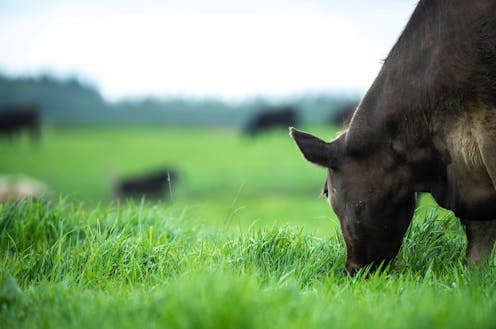Do La Niña's rains mean boom or bust for Australian farmers?
- Written by Chelsea Jarvis, Research fellow, University of Southern Queensland

After years of punishing drought in some areas, many farmers in Australia’s east were hoping the newly declared La Niña event[1] would bring them good rains.
Many are now rejoicing, with the wettest November experienced in Australia for more than two decades. But for some farmers, heavy and prolonged rain is causing a new set of problems.
Last year’s La Niña delivered good rainfall in some areas – while leaving others drier than they would have been under an El Niño, with many areas in southern Queensland missing out. In La Niña years, the cattle farming town of Roma receives an average of 247mm from November to the end of January. Last year they only got half that.
This year’s La Niña has already delivered rain to many areas left dry last year. Roma, for example, has received more than 200mm in November 2021 alone. These large rainfall events and seasons are required after ongoing drought to recharge the moisture in the soil.
But continued rain will be less welcome in newly waterlogged areas along the Queensland and NSW border and the Northern Rivers region, given it may lead to further flooding.
Read more: Climate change is likely driving a drier southern Australia – so why are we having such a wet year?[2]
What does La Nina mean for farmers?
Seasonal forecasts[3] give a greater than 60% chance of rainfall above the median for much of eastern Australia from now to the end of March.
If this summer of rain eventuates, it will be welcome news for many farmers in eastern Australia who have had below-median rainfall for three or more years.
Read more https://theconversation.com/do-la-ninas-rains-mean-boom-or-bust-for-australian-farmers-172511

















